Soybean Insects
Recommended Content
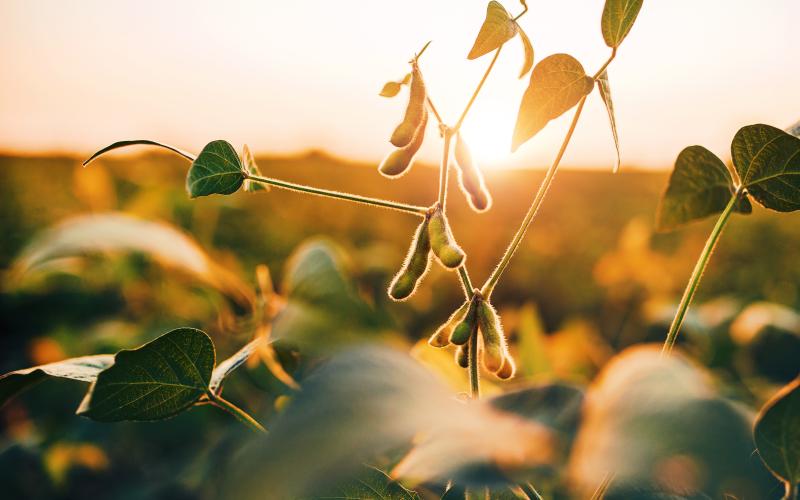
Best Management Practices for Soybean Production
This is your unbiased, research-based guide to soybean production to help increase yield, reduce input costs and protect your investment.
All Soybean Insects Content
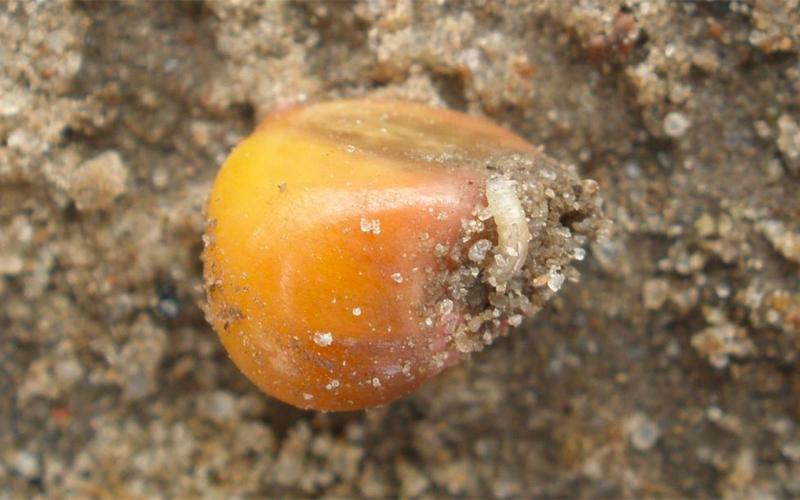
Seedcorn Maggot Degree Day Activity Estimates: May 18, 2022
Degree day accumulations continue to approach the peak emergence of the second generation of seedcorn maggots. See our latest management recommendations based on this activity.

Seedcorn Maggot Degree Day Activity Estimates: May 12, 2022
For most of South Dakota, peak emergence of the overwintering seedcorn maggot population has passed. See our latest activity estimates for the second generation.

Seedcorn Maggot Degree Day Activity Estimates: May 5, 2022
Corn and soybean planted during cool conditions can be at risk for seedcorn maggot infestation. Stay ahead of infestations by viewing latest activity estimates from around the state.
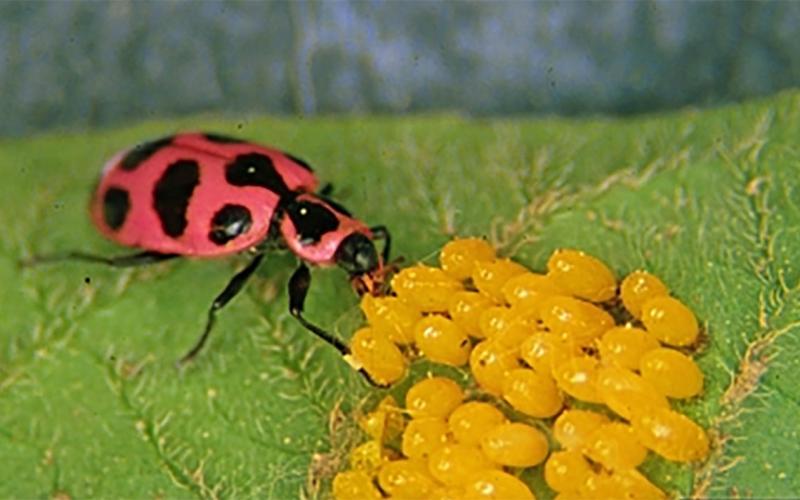
Pink Lady Beetles: Beneficial Predators in Urban and Agricultural Landscapes
There are numerous insect species that are beneficial to the gardens and farms. In this article, we will highlight a common insect predator known as the pink lady beetle, or spotted lady beetle.

Seedcorn Maggot Degree Day Activity Estimates: April 29, 2022
Seedcorn maggots can be an early-season pest of corn and soybean in South Dakota. View our latest seedcorn maggot activity estimates based on degree day accumulation for various locations throughout South Dakota.
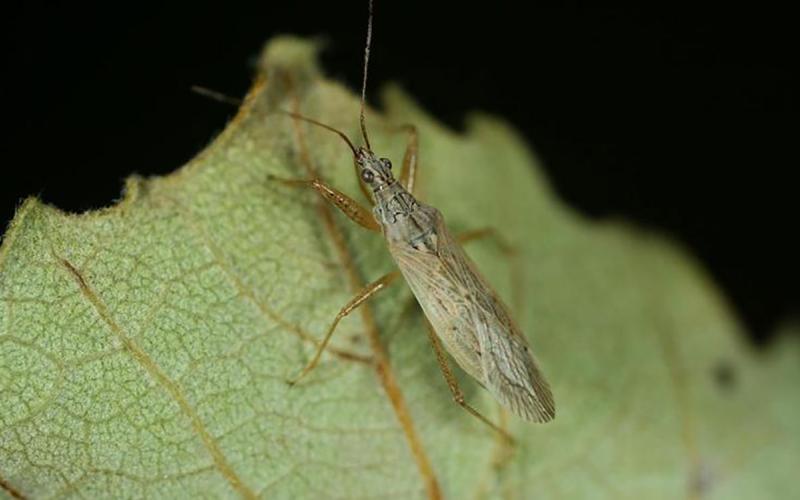
Damsel Bugs: Beneficial Predators in Managed and Agricultural Landscapes
It is important to remember that not all insects are pests. Damsel bugs are beneficial predators that feed on soft-bodied insects, including many agricultural and garden pests.

South Dakota Grasshopper Prediction for 2022
Data from the 2021 USDA Adult Grasshopper Survey of South Dakota suggests that grasshopper populations may continue to be problem in parts of central and western South Dakota during the spring of 2022.
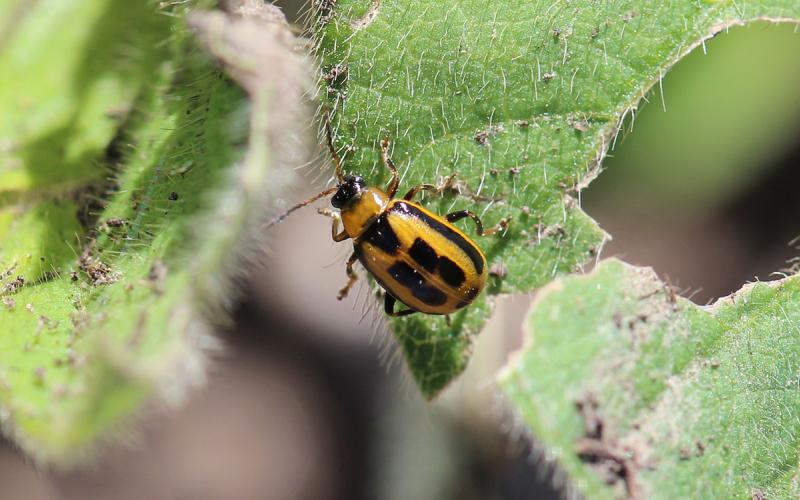
South Dakota Overwintering Bean Leaf Beetle Predicted Mortality: 2021-2022
Bean leaf beetle emergence is approaching, so it’s important to start thinking about this pest. Knowing the number of days that the air was cold enough for bean leaf beetle mortality allows us to estimate the emerging populations in the spring.

Soybean Aphids Are Active in South Dakota
Small populations of soybean aphids were recently identified while scouting soybean in the Volga and South Shore areas. This is a good reminder that scouting should be ongoing to ensure that populations do not exceed thresholds.

Soybean Gall Midge Larvae Detected This Season
Soybean gall midge larvae have been detected in soybean in southeastern South Dakota. While many infested fields are not showing obvious signs of infestation, there are some key indicators to look out for.